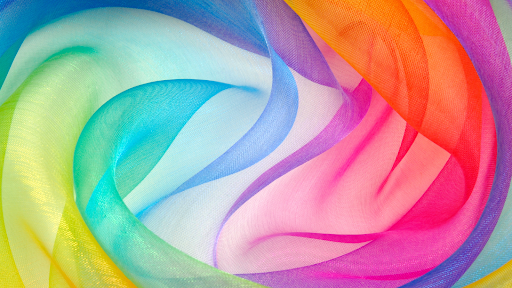Flat-lay photography has revolutionized how we present and perceive products online in today’s digital marketplace. As e-commerce continues to dominate retail sales, the ability to capture products in visually appealing ways has become increasingly crucial. At the heart of successful flat-lay photography lies a fundamental element: color composition. Understanding and mastering color psychology can transform ordinary product photos into compelling visual stories that capture attention and drive engagement.
Understanding Color Psychology in Fashion Photography
Color accuracy in retail photography isn’t just about aesthetics—it’s about trust. When consumers shop online, their purchasing decisions are heavily influenced by visual presentation. Research shows that up to 85% of consumers cite color as the primary reason for purchasing a product, making color accuracy in product photography essential for building brand credibility.
The relationship between color and perceived quality is particularly significant in fashion retail. Colors can affect how viewers perceive textures, emphasize garment details, and communicate brand identity. A well-executed color strategy ensures that products appear as they do in real life, reducing returns and building customer confidence.
Color Theory for Garment Photography
Successfully photographing garments requires a deep understanding of how different fabrics interact with color. Textile textures, from silk’s sheen to velvet’s depth, can dramatically affect how colors appear in photographs. The key is to select complementary background colors that enhance rather than compete with the product.
Working with patterns and prints adds another layer of complexity. Color theory principles help photographers balance busy patterns with appropriate background choices, ensuring the product remains the focal point while maintaining visual harmony.
Essential Color Strategies by Category
Different product categories demand unique approaches to color composition. Apparel photography requires careful attention to true fabric colors, while accessory photography often benefits from strategic contrast to highlight details. Activewear photography must capture the technical aspects of performance fabrics, and swimwear presents unique challenges in managing shine and texture.
Composition Elements for Flat Lay Success
Professional flat-lay photography requires precise attention to multiple elements working in harmony. As demonstrated by leading photograph studios, achieving consistent, high-quality results demands specialized lighting setups, careful prop selection, and expert styling techniques. The interplay between lighting and color is particularly crucial, as proper lighting ensures accurate color reproduction while creating depth in otherwise flat arrangements.
Technical Color Considerations
Success in e-commerce requires meeting specific technical requirements for different platforms. Color calibration, screen variations, and quality control in post-processing all play vital roles in ensuring products appear consistently across various devices and platforms.
Color Strategy Impact
Proper color strategy impacts more than aesthetics; it also drives measurable business results. Well-executed flat-lay photography can improve marketplace visibility, maintain cross-platform consistency, and drive engagement metrics. Color optimization becomes even more critical in the mobile-first shopping environment, as products must stand out on smaller screens.
Looking Ahead
As e-commerce continues to evolve, the importance of professional product photography only grows. Success in the digital marketplace increasingly depends on the ability to present products in ways that are both visually appealing and commercially effective. Understanding and implementing strategic color composition in flat-lay photography isn’t just about creating beautiful images—it’s about driving real business results in an increasingly competitive digital landscape.
